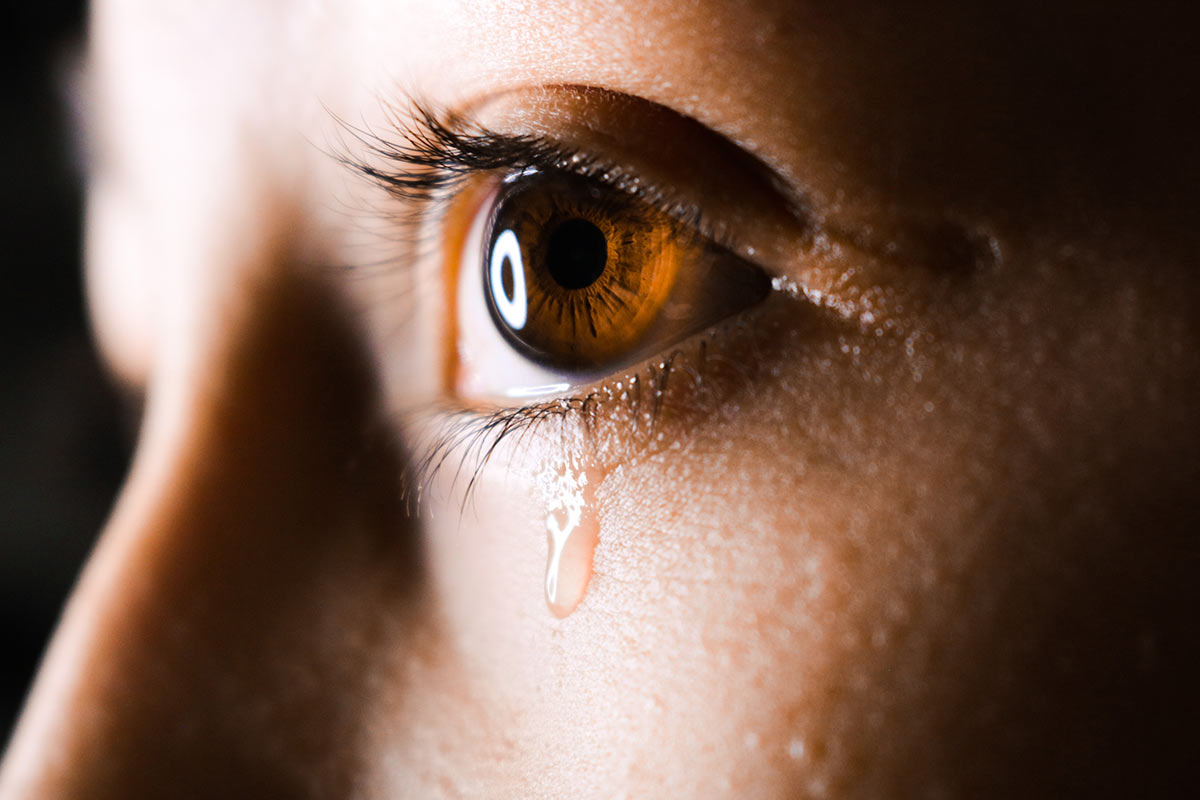Posted by: Atlantic Eye Institute in Education

Conjunctivitis, also known as “pink eye,” is an irritation or inflammation of the conjunctiva, which covers the white part of the eyeball. It can be caused by allergies or a bacterial or viral infection. Conjunctivitis can be extremely contagious and is spread by contact with eye secretions from someone who is infected.
Symptoms include:
- Redness in the white of the eye or inner eyelid
- Itching or burning
- An increased amount of tears
- Swollen eyelids
- Thick yellow discharge that crusts over the eyelashes, especially after sleep
- Discharge from the eye
- Blurred vision
- Light sensitivity
If you are experiencing these symptoms, make an appointment with your eye doctor. Also, be advised that you should stop wearing your contact lenses until you have an examination to determine the cause of your conjunctivitis.
Treatment of Conjunctivitis:
Treatment will depend on what is causing conjunctivitis.
Infectious conjunctivitis is what most people think of when they hear “pink eye.” The two types of infectious conjunctivitis, bacterial and viral, are highly contagious. Airborne viruses can be spread through sneezing and coughing. Viral conjunctivitis also can accompany common viral upper respiratory infections such as measles, the flu or the common cold. Bacterial conjunctivitis is treated with antibiotic eye drops and can cause severe damage if left untreated. Viral conjunctivitis usually lasts from one to two weeks. Unlike with bacterial infections, antibiotic drops or ointments are ineffective against viral conjunctivitis. But viral conjunctivitis is self-limited, which means it will go away by itself after a short time.
Allergic conjunctivitis is caused by irritants such as pollen, dust, animal dander, etc. and is not contagious. Avoiding the allergen is also important in the treatment of allergic conjunctivitis. Allergic conjunctivitis can be seasonal or year-round, depending on the allergen causing the reaction.
Giant papillary conjunctivitis usually involves both eyes and often affects soft contact lens wearers. This condition may cause contact lens intolerance, itching, a heavy discharge, tearing and red bumps on the underside of the eyelids. You’ll be advised to stop wearing your contact lenses for a period determined by your doctor. Your eye doctor may also recommend that you switch to a different type of contact lens.
Chemical conjunctivitis caused by exposure to harmful chemicals, pollution and chlorine in swimming pools, this type of conjunctivitis is also not contagious. Wear goggles while swimming.
Tips to help protect your eyes from conjunctivitis:
1. Wash your hands frequently
2. Do not share contact lens equipment, containers, or solutions.
3. Cover your nose and mouth when coughing or sneezing
4. Avoid touching or rubbing your eyes
5. Do not share towels, linens, pillows, or handkerchiefs.
6. Use clean linens, towels, and washcloths daily.
7. Remove contacts before swimming
8. Follow your optometrist’s instructions on proper contact lens care
Steps you can take to avoid re-infection once the infection goes away:
1. Throw away and replace any eye or face makeup you used while infected.
2. Throw away lubricating eye drops that you used while your eyes were infected.
3. Throw away contact lens solutions that you used while your eyes were infected.
4. Throw away disposable contact lenses and cases that you used while your eyes were infected.
5. Clean extended wear lenses as directed.
6. Clean eyeglasses and cases that you used while infected.



